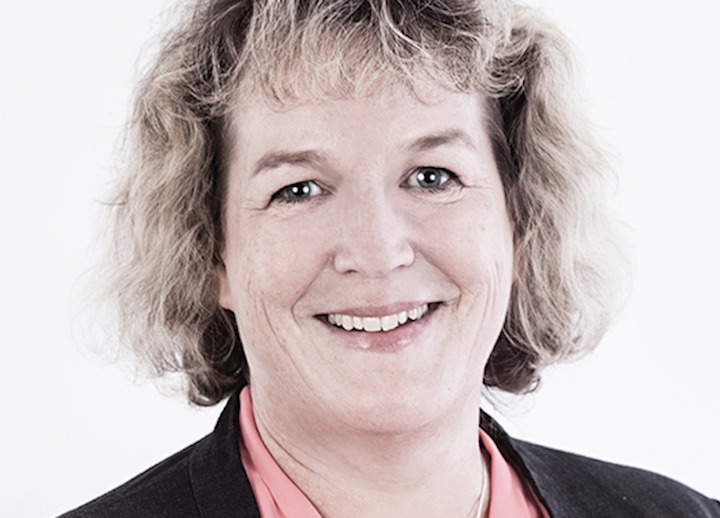What’s your experience with duplex stainless steel?
Today, I’m based at our mill in Avesta and my primary responsibility is to support customers by providing the technical information they need when they’re specifying material. That includes data from R&D and technical information for different markets.
I joined Outokumpu, when it was called Avesta Sheffield, 31 years ago as a technical market development engineer. One of my first tasks was to introduce a new grade of super duplex stainless steel. It had been developed by Sandvik and we bought a production license in January 1989.
I was in charge of technical marketing when Avesta merged with Outokumpu in 2001. Since then I’ve worked as mill manager and then site manager of the Avesta plant, overseeing a workforce of 700 and a fully integrated production line that covers the entire steel production chain from melt shop to hot and cold rolling. After that, I was head of R&D in 2011 for eight years before taking up my current job.
How have you been involved in developing the portfolio?
We were already producing grade Forta DX 2205 when I started. Soon after, we introduced Forta DX 2304, followed by Forta SDX 2507 to offer different properties for different applications. Then we developed the lean duplex grades, which made us less dependent on the nickel price.
Those days were fun, learning how to produce the grades, becoming familiar with their properties, applications and performance during machining, fabrication and welding.
A big part of the job was training our sales team so I travelled a lot, doing sales presentations round the world.
The early 90s saw a boom in demand for duplex stainless steel. Our CEO at the time had a strong vision of how customers could make use of the steel’s mechanical properties with innovative approaches to design thanks to its high strength. He saw that duplex grades had more to offer than their corrosion resistance qualities. That prompted a drive to recruit people with mechanical design backgrounds to assist with the marketing of the grades.
In my production and R&D capacity, I’ve overseen many developments that have improved our quality and efficiency. Factors such as alloying elements, rolling techniques and commercial pricing can all influence quality and sales. As the world’s biggest producer, we’ve developed the processes and knowhow to deliver consistency, and that gives us the edge.
The formable duplex grade, Forta FDX 27 is the most recent major development. It makes use of the TRIP effect to create complex components with high strength and excellent corrosion resistance.
What important when launching new grades?
One of the most important tasks is educating the market.
Used correctly, duplex stainless steel offers corrosion resistance, mechanical strength and value for money. However, it’s important to know how to apply design rules properly. One of my earliest jobs after joining in 1989 was to deliver training seminars for engineers on how to utilize the full range of duplex properties.
This led to a lot of success with storage tanks and pressure vessels in the oil and gas, domestic heating, and pulp and paper industries. By the mid 90s, tank builders were buying half of our duplex production. We’re still reaping the rewards from the work we did 20 years ago to educate the market.
However, there are still a lot of people today who don’t know what duplex stainless steel could do for them. That’s why I’ve come back to lead the technical market development team as it’s so important to our future.
What does the future hold for duplex stainless steel?
My view is that duplex stainless steel has huge potential as an alternative to painted or galvanized carbon steel in general engineering – anywhere that carbon steel needs maintenance such as shot blasting, repair and repainting.
We’re now working with a lot of infrastructure applications, where duplex grades will last a long time and offer best value. As a taxpayer myself, I’d like to see more use of duplex as it will pay for itself many times over in the long term.
A big task for us now is to influence how standards, such as design specifications, are written for various applications. This requires a combination of lobbying approval authorities, R&D, producing the correct data, testing, and getting the right people interested.
We are celebrating the 90 years of duplex stainless steel. Duplex stainless steel was originally developed by Outokumpu in Avesta, Sweden in 1930. As the original inventor of duplex we have both experience and expertise to take the material further.


